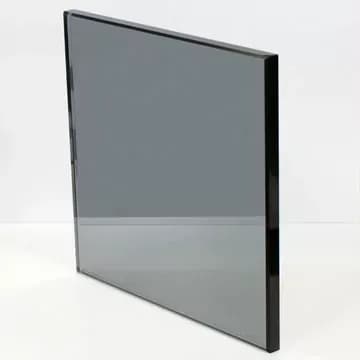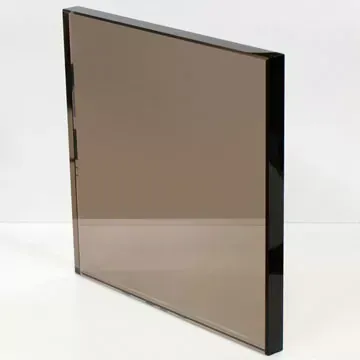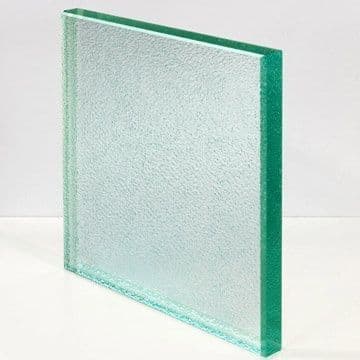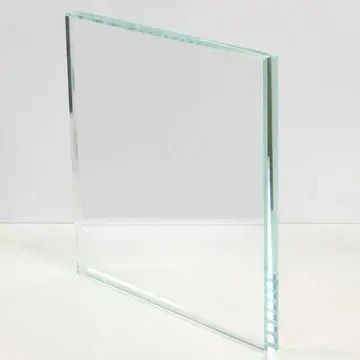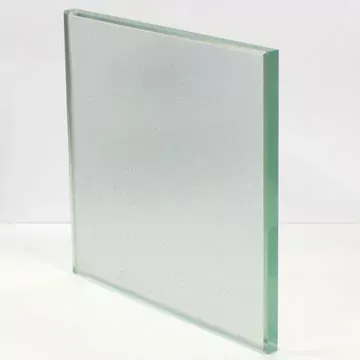Check Order Status
Low-Iron Glass
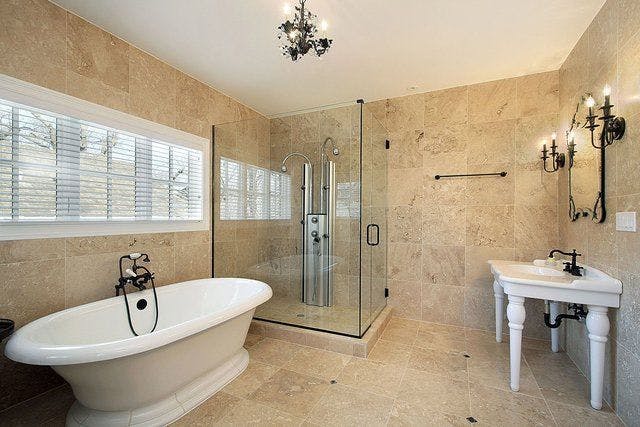

Low-Iron Glass
Experience clarity like never before with low-iron glass, also known as HD glass. Crafted with less amounts of iron in the mix, giving you a glass that's clearer and lets in more visible light. Beyond the striking transparency that sets it apart from traditional annealed glass, what makes this glass a standout choice is its ability to welcome natural light without the typical greenish tint. Explore the world of clarity and efficiency with this versatile and visually stunning glass.
Customizable Options for Low-Iron Glass
It’s quite simple. Choose a shape, enter your measurements, select your favorite glass tint, thickness, strength, edge style, etc., and check out your custom-designed low-iron glass.

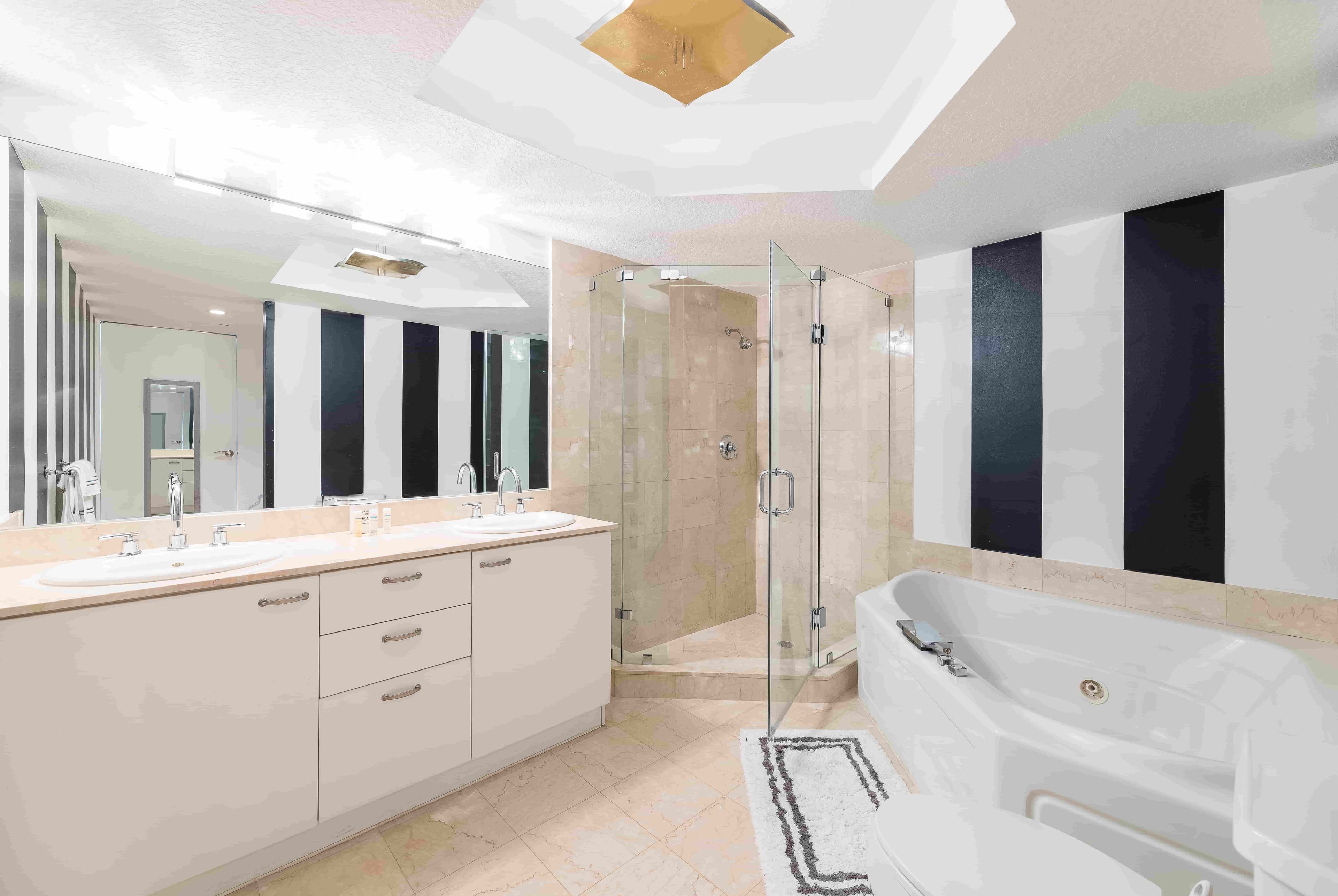
What is low-iron glass?
Also referred to as extra-clear float glass or HD clear glass, is produced by reducing the iron content in the float glass manufacturing process. The reduced iron content eliminates the greenish-blue hue that becomes increasingly apparent as the thickness of the glass increases. This results in an ultra-transparent, colorless, and crystal-clear appearance, distinguishing low-iron glass from normal float glass. These qualities make it an ideal choice for applications where absolute clarity and purity of color are paramount, providing a visually pristine solution for various architectural and design purposes.

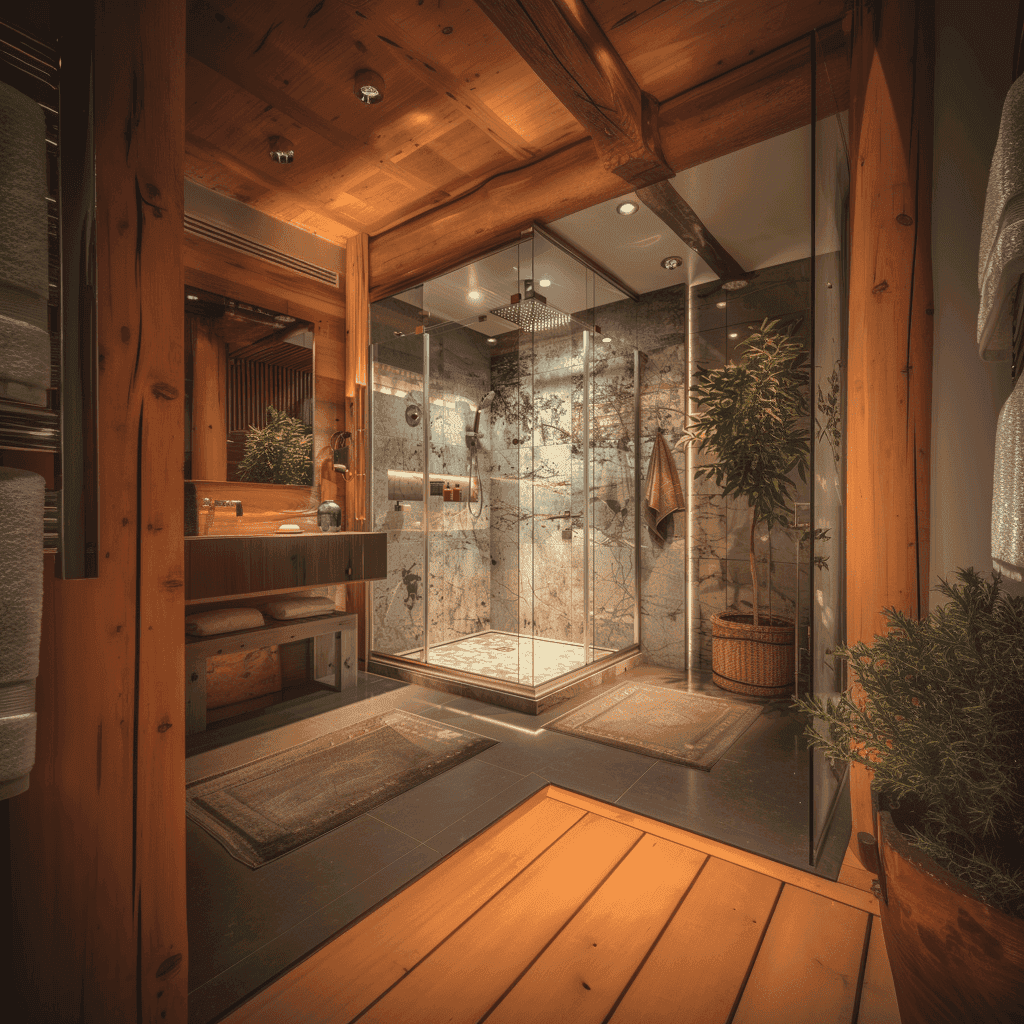
What is low iron glass used for?
It is used for various purposes thanks to its exceptional clarity. It's a top choice in solar applications due to its ability to transmit a high amount of light. In the aquarium and display industries, it's valued for its crystal-clear properties. At home, it's commonly used for glass table tops, bespoke glass shelves, desktops, shower screens, bathroom doors, display cases, wall art, and kitchen splashbacks, bringing a touch of luxury to any space. It's not just for personal spaces – low iron glass is also a staple in major architectural projects like the Amazon Headquarters, National Aviary, and Calgary Central Library. Its clear aesthetic enhances the visual appeal of large-scale constructions, making it a crucial element in modern architecture.

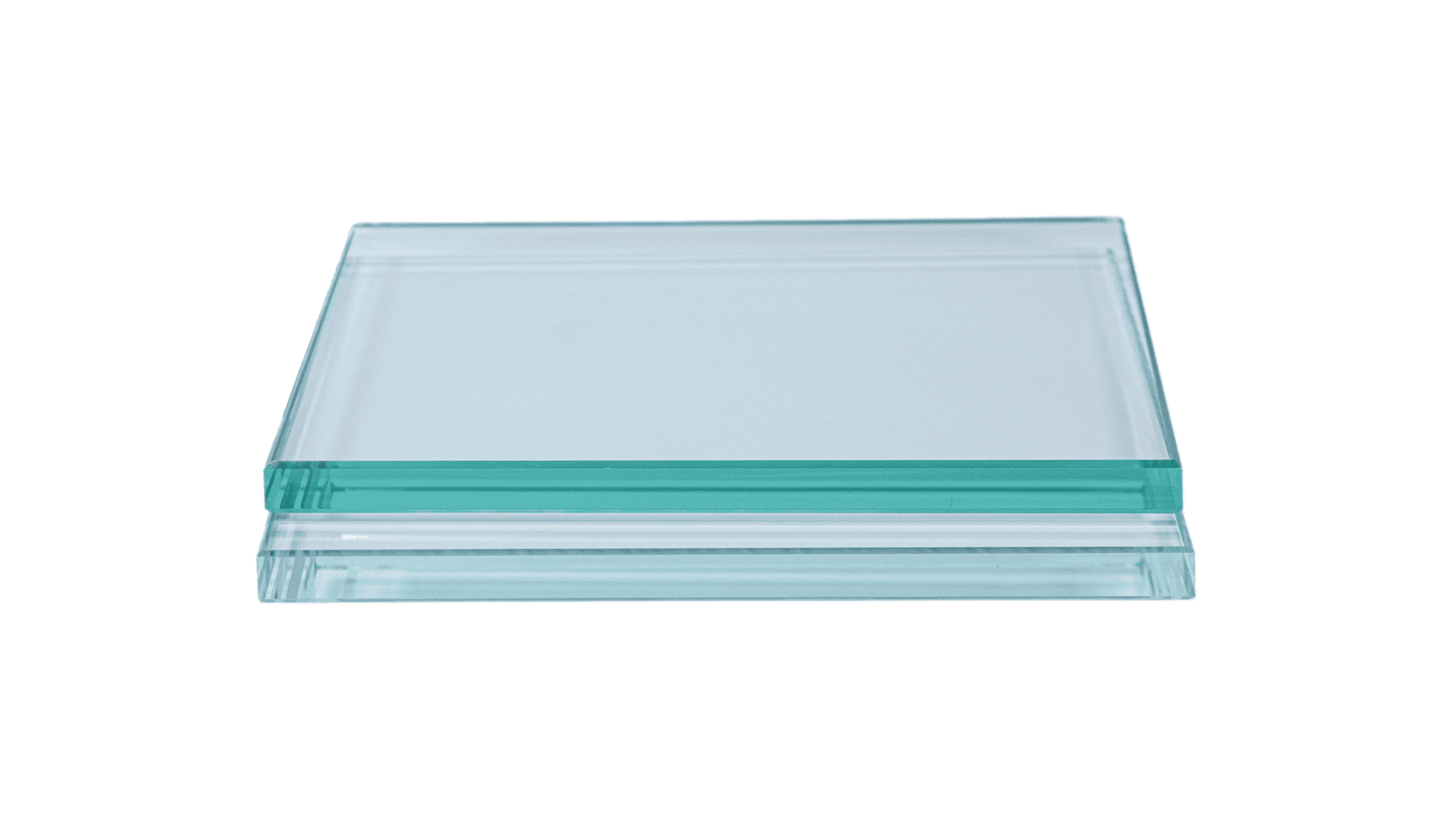
How can you tell if glass is low in iron?
To identify glass with low amounts of iron, look for a purer and more transparent appearance compared to normal glass. Extra-clear float glass stands out for its reduced greenish tint, presenting a clearer and more neutral color. This difference is particularly noticeable when examining the glass straight on, where it appears colorless. Another way to check is by paying attention to the edges – it typically shows much less green coloration at the edges in comparison to normal glass. By observing these characteristics, you can easily discern whether a piece of glass is low in iron.

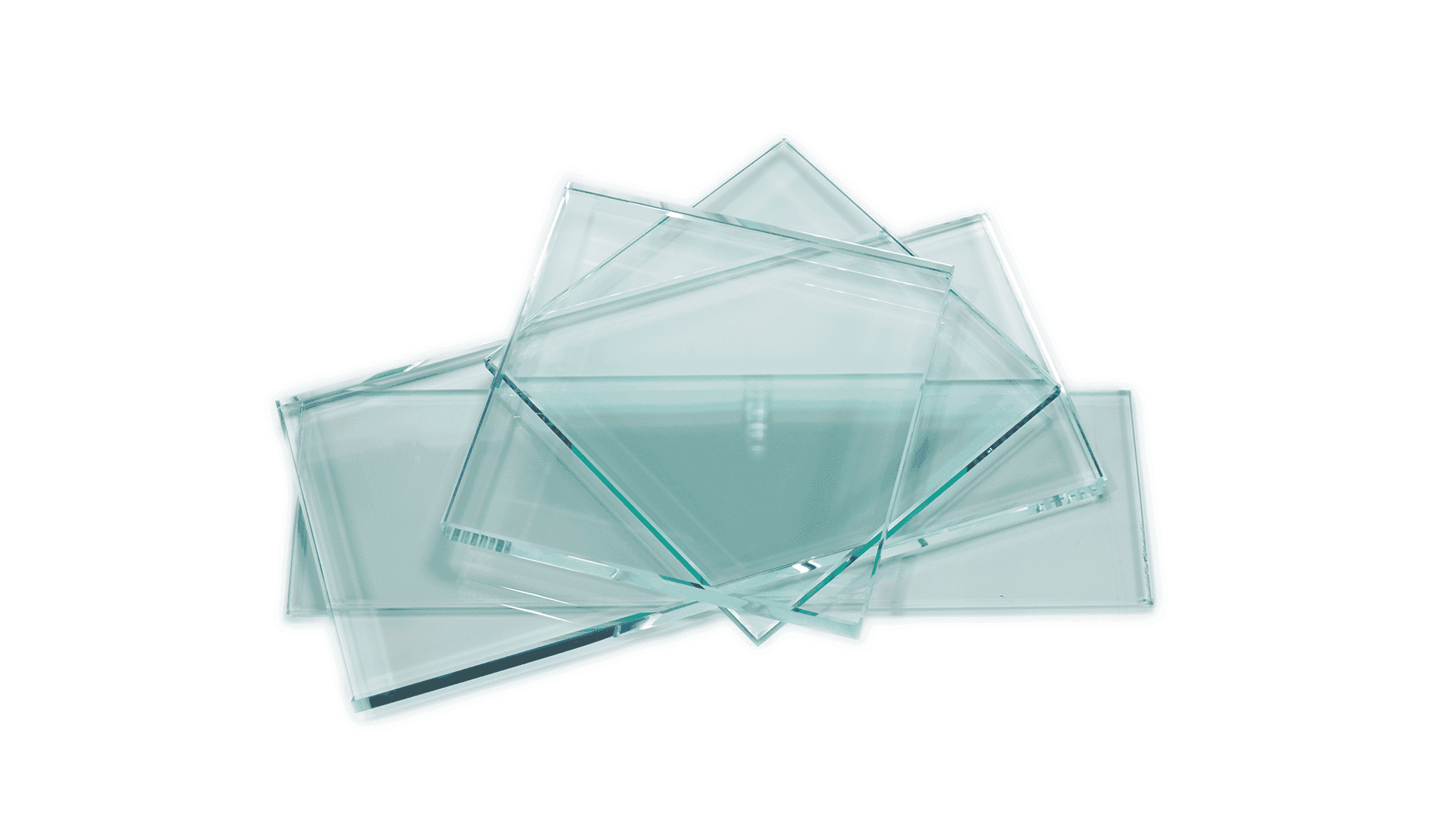
Low Iron glass vs. clear glass
These types of glass vary significantly in color tint and light transmission, impacting their suitability for distinct applications. Regular glass comes with a noticeable blue-green tint, making it tricky for back-painting or coating. As the glass thickness increases, the green tint becomes more pronounced, posing additional challenges in attaining the desired aesthetics. Extra-clear float glass on the other hand provides a virtually colorless starting point, making it ideal for color-matching without the interference of the green tint seen in normal glass.
When it comes to light transmission, this glass offers maximum brightness and clarity, particularly in applications where an unobstructed view is crucial. This superior clarity, coupled with minimal color tint, makes extra-clear float glass an excellent choice to use as architectural glass, interior glass, and in retail settings, where aesthetics and clarity are paramount. Dulles Glass provides various glass solutions, delivering unparalleled clarity for residential and commercial spaces.

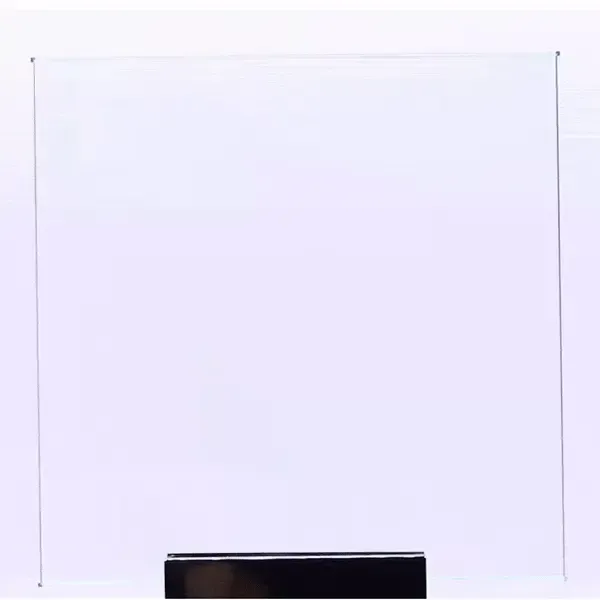
Why is low-iron glass more expensive?
This glass type may come with a steeper price due to the intricacies of its manufacturing process. Glass manufacturers use a meticulous procedure where most of the iron component is carefully removed from each glass sheet. This complex process ensures that the glass is made with a level of clarity and purity beyond the norm, providing a crystal-clear transparency that enhances its aesthetic appeal.
When considering this type of glass for a project, it's essential to weigh the added cost against the desired level of quality and aesthetic. The enhanced clarity and reduced impurities make this glass a premium choice, justifying its higher price for those who prioritize top-notch quality in their glass applications.


Is low-iron glass worth the cost?
This glass type also referred to as “HD glass”, serves multiple purposes, known for its crystal-clear clarity. What sets it apart is its extremely low ferric oxide content, about 10x less than regular glass, ensuring a high level of clarity. It's commonly used in solar applications, particularly for solar panels, due to its excellent transmission of light. This makes it a popular choice for bathrooms and home furniture, including glass table tops, display cabinets, bespoke glass shelves, desktops, shower enclosures, wall art, and kitchen splashbacks. Even when it’s glass tempered, it doesn't compromise its clarity, making it a reliable option for robust and visually appealing furniture where see-through quality is essential.

Help & Installation Videos
Not sure where to start? We’ve put together a series of helpful videos for you.

More Helpful Tips
From how to clean table tops to unique DIY projects for tables with glass tops. We have a collection of helpful tips for you!

Need Expert Help?
Buy in Bulk
Become a Dulles Glass PRO

Low Iron Glass FAQs
Yes, the process is generally similar to normal glass, where the glass is scored and broken into its desired final shape. However, it's important to note that after the glass tempering process, any cutting or drilling becomes impossible. It can also go through the same process for cutouts, edge work, and corner works, making it suitable for a wide range of glass products.
The downside is that it's a bit pricier compared to regular glass. It offers better clarity with the minimal greenish tint, which is great if you need accurate colors. However, the extra cost might not be worth it if color accuracy isn't a big deal for your project. It is also worth noting that it is not completely void of Iron content and still has some blue-greenish hues but is far less noticeable than normal float glass.
Sometimes referred to as HD glass (which stands for high definition), these names are used interchangeably. One popular brand name for this glass product is Starfire Glass, although there are no differences between these three glass names.
No, these two types of glass aren't the same, but they're often used together for good reasons. HD glass stands out for its exceptional clarity, making it an ideal substrate for Low-E coatings. When you combine this type of glass with Low-E glass, you get a facade that lets in a lot of light with a high-energy performance while blocking unwanted UV light. It's a smart way to make spaces comfortable and bright without sacrificing energy efficiency.
Yes, this highly transparent glass can be laminated. The process involves sandwiching a layer of interlayer material between two or more sheets of glass. The interlayer not only holds the glass layers together but also provides additional safety and integrity to the overall structure. In the event of breakage, the interlayer ensures that the glass remains integral, making low-iron laminated glass a safer and high-end option. Additionally, it can be further customized with finishes such as sandblasting, offering versatility in design possibilities. Learn more about laminated glass in our detail blog in the link below.
No, this kind of glass does not scratch more easily. Despite some false information online, there's no evidence to support the idea that its lower trace of iron makes it more prone to scratches. The scratch resistance of glass depends on various factors like coatings, glass production methods, and added protective layers. Extra-clear float glass goes through similar treatments as normal glass to enhance its durability and scratch resistance. So, there's no truth to the claim that this glass type is more susceptible to scratches.
This glass type is known to significantly enhance a window's energy rating by positively influencing both light transmittance and solar gain. Its exceptional clarity allows more efficient transmission of light compared to standard glass. This increased light transmittance results in a higher solar gain, allowing more solar energy to penetrate through the glass, thereby harnessing additional warmth from the sun.

Customization At Its Best
Whether your project is just getting started or needs help to find the final touch, our glass and design experts are here to help you make your dreams come true.

Fast & Free Shipping
Nationwide free shipping on your entire order, delivered within 3 - 7 days. Guaranteed to arrive in one piece!

Expert Customer Service
Our friendly team is here for you 7 days a week. Call, email, text or live chat with us.

Best Deals & Rewards
Prices that fit your budget and amazing deals and rewards to maximize your savings.
Our customers say
Excellent
4.9 out of 5 stars
Dulles Glass
Company
Support
United States © 2025 Dulles Glass. All Rights Reserved.












